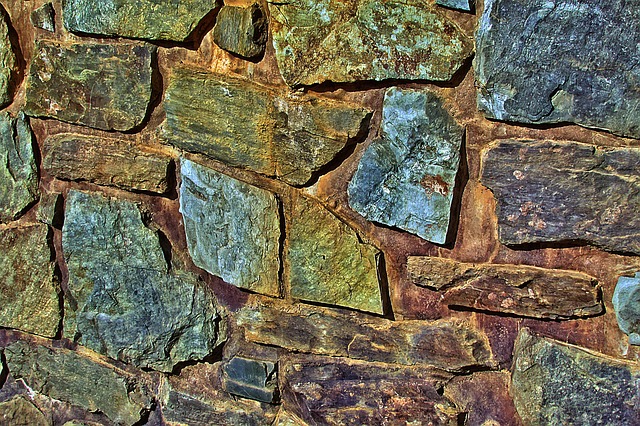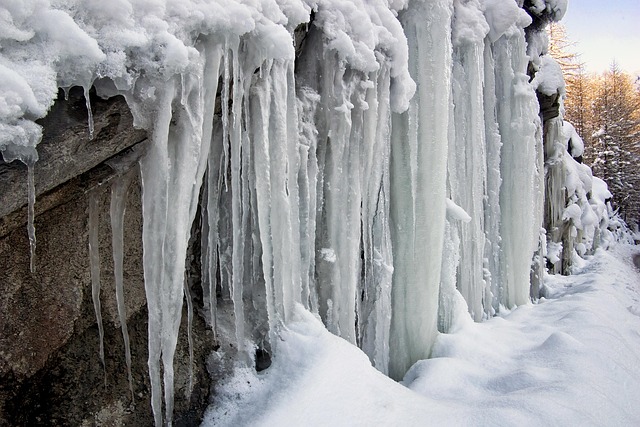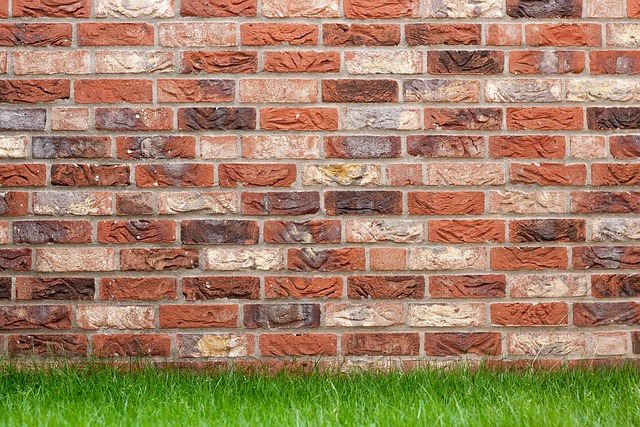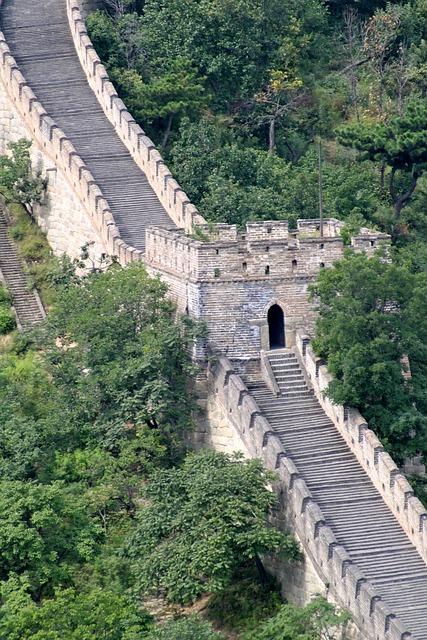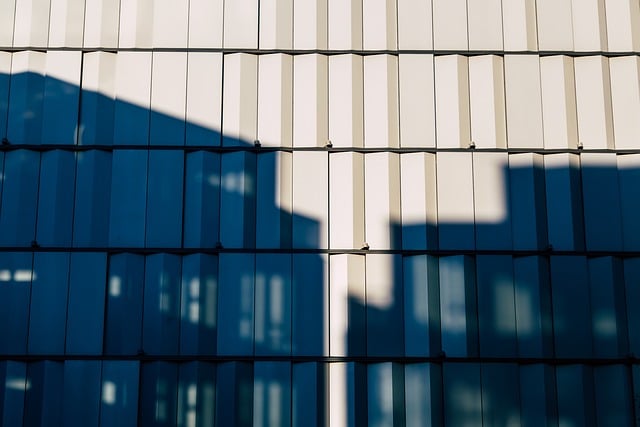Retaining wall installation in Portland, Oregon, is a vital technique for managing diverse terrain and enhancing outdoor spaces. These structures combat erosion, stabilize slopes, and protect properties, ensuring safety and environmental sustainability. In urban areas like Portland, Earth Retention Structures (ERS) are indispensable for landscape stabilization, preventing landslides, supporting buildings on steep slopes, and safeguarding against riverbank erosion. Advanced techniques, including custom-designed walls, have successfully transformed problematic terrains in the Columbia River Gorge and along the Willamette River. The future of landscape stabilization in Portland OR focuses on eco-friendliness with innovative materials and smart technologies to create resilient, sustainable outdoor spaces.
Portland, OR, renowned for its diverse terrain, faces unique challenges in landscape stabilization. This article explores advanced techniques to navigate these obstacles, focusing on retaining wall installation as a foundational approach. We delve into various earth retention structures suitable for urban environments and innovative erosion control methods tailored to Portland’s varied topography. Through case studies, we highlight successful projects, and discuss future trends, offering insights into best practices in advanced landscape stabilization, particularly emphasizing retaining wall installation Portland OR.
- Understanding Landscape Stabilization in Portland, OR: Challenges and Goals
- Retaining Wall Installation: A Foundation for Stability
- Earth Retention Structures: Types and Applications in Urban Environments
- Innovative Techniques for Erosion Control in Portland's Diverse Terrain
- Case Studies: Successful Landscape Stabilization Projects Around Portland
- Future Trends and Best Practices in Advanced Landscape Stabilization
Understanding Landscape Stabilization in Portland, OR: Challenges and Goals
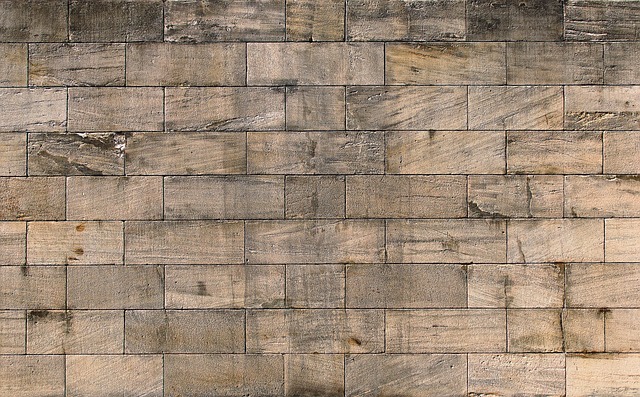
In Portland, Oregon, landscape stabilization techniques are crucial for managing diverse and often challenging terrain while enhancing outdoor spaces. The city’s unique geography, characterized by rolling hills, steep slopes, and varying soil conditions, presents specific obstacles to creating stable and aesthetically pleasing landscapes. Understanding these challenges is key to implementing effective solutions, such as retaining wall installation Portland OR, that can mitigate erosion, prevent land sliding, and ensure the longevity of outdoor structures.
The primary goals of landscape stabilization in Portland include enhancing safety by reducing the risk of landslides and other geological hazards, promoting environmental sustainability by preserving natural resources, and creating beautiful, functional outdoor areas for residents to enjoy. Retaining walls, for instance, are a common strategy to manage steep slopes, allowing for the creation of level terraces that support planting beds, patios, or other features while securely holding back soil and preventing erosion.
Retaining Wall Installation: A Foundation for Stability

In the pursuit of advanced landscape stabilization, Portland, OR residents and professionals often turn to retaining wall installation as a robust solution. These structural barriers are designed to hold back soil and prevent erosion, providing much-needed stability to slopes and hillside properties. By strategically placing these walls, homeowners and developers can safeguard their landscapes from the destructive forces of gravity and water runoff.
Retaining wall installation in Portland is not merely about aesthetics; it’s a foundational step towards ensuring long-term environmental integrity. These walls are engineered to withstand various geological conditions, from heavy rainfall to seismic activity, making them indispensable for maintaining the beauty and safety of urban landscapes. With the right materials and expert craftsmanship, retaining walls can transform unstable terrain into vibrant outdoor spaces, blending functionality with aesthetic appeal.
Earth Retention Structures: Types and Applications in Urban Environments
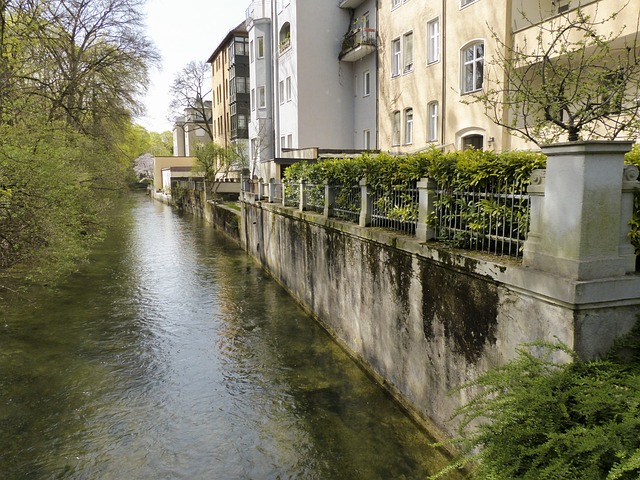
In urban environments, Earth Retention Structures (ERS) play a vital role in landscape stabilization and erosion control. These structures are designed to hold back soil and prevent excessive movement, especially in areas with steep slopes or high water flow. Portland, OR, known for its unique topography and frequent rainfall, has embraced advanced ERS techniques to enhance urban stability. One of the most common types is the retaining wall installation, which can be constructed from various materials like concrete, stone, or timber, offering both functional and aesthetic solutions.
Retaining wall installation in Portland has diverse applications. They can stabilize hillsides, preventing landslides and supporting infrastructure like roads and buildings. In areas with erosion-prone rivers or streams, ERS help maintain stream banks, reducing sedimentation and protecting nearby properties. Additionally, these structures contribute to green space development by allowing for the creation of terraces, garden beds, and outdoor living areas while ensuring long-term stability.
Innovative Techniques for Erosion Control in Portland's Diverse Terrain
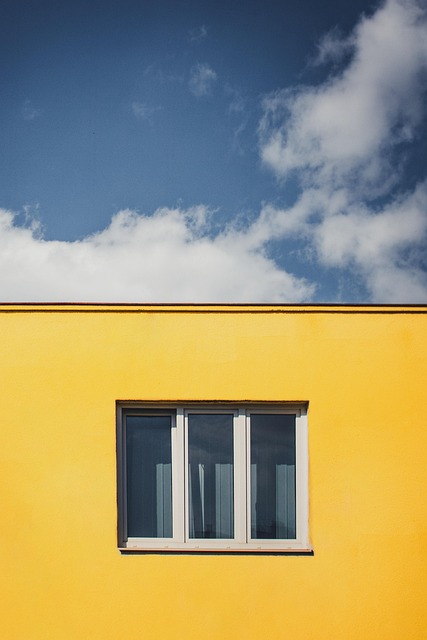
Portland, known for its diverse and varied terrain, presents unique challenges when it comes to landscape stabilization and erosion control. To mitigate these issues, innovative techniques have emerged, particularly focusing on tailored solutions that cater to the city’s distinct geographical features. One such effective method is the strategic installation of retaining walls in areas prone to erosion, especially in hilly or sloped landscapes. These walls act as a physical barrier, preventing soil from washing away and providing stability to the surrounding terrain.
Retaining wall installation Portland OR has gained popularity due to its versatility and ability to enhance the city’s overall landscape stability. By employing these advanced techniques, homeowners and urban planners can effectively manage erosion, improve property values, and create functional outdoor spaces that blend seamlessly with the natural environment. This approach not only ensures the longevity of structures but also contributes to the preservation of Portland’s diverse and vibrant scenery.
Case Studies: Successful Landscape Stabilization Projects Around Portland
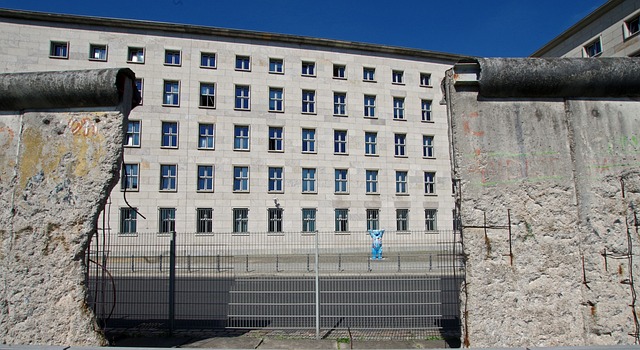
Around Portland, several successful case studies highlight effective landscape stabilization projects that employ innovative techniques. One notable example involves the strategic placement of retaining walls in challenging terrain. For instance, a local property owner in the Columbia River Gorge addressed severe erosion issues by hiring professionals to install custom-designed retaining walls. This project not only prevented further soil loss but also created level ground for a new garden and outdoor living space.
Another successful initiative can be seen in the city’s park renovation projects, where engineers utilized advanced stabilization methods to restore eroded banks along the Willamette River. By combining retaining wall installation with natural habitat restoration, these projects improved water quality, enhanced biodiversity, and provided safer recreational areas for Portland residents. These case studies serve as excellent examples of how advanced landscape stabilization techniques can transform challenging landscapes into thriving urban oases.
Future Trends and Best Practices in Advanced Landscape Stabilization
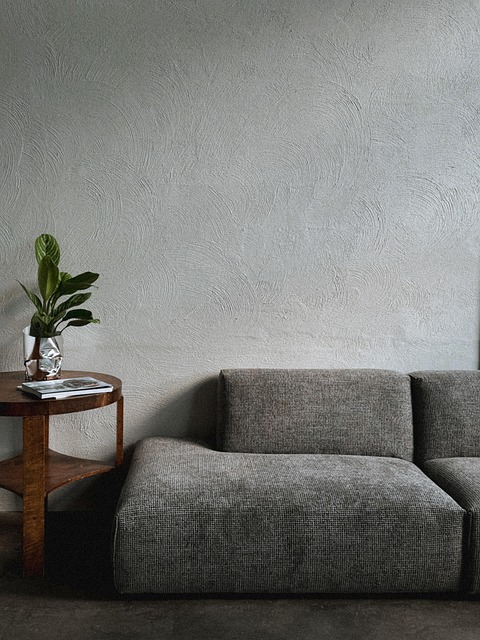
As technology advances, so too do innovations in landscape stabilization techniques. In the future, we can expect to see even more eco-friendly and sustainable solutions tailored to specific site needs. Retaining wall installation Portland OR is already incorporating advanced materials and methods that reduce environmental impact while enhancing structural integrity. For instance, geogrids and bioengineering are being used to stabilize slopes naturally, promoting biodiversity and minimizing disruption to surrounding ecosystems.
Additionally, integration of smart technologies will play a significant role in the industry’s evolution. Sensors and data analytics can monitor soil moisture levels, slope stability, and weather patterns, enabling proactive measures for landscape preservation. This predictive approach ensures that potential issues are addressed before they become severe, leading to longer-lasting stabilization solutions. Best practices will continue to emphasize these cutting-edge techniques while also focusing on proper design, careful implementation, and regular maintenance to create resilient landscapes capable of withstanding the challenges of a changing climate.
Portland, OR, has pioneered advanced landscape stabilization techniques, addressing challenges with innovative solutions like retaining wall installation and earth retention structures. These methods have not only stabilized diverse terrains but also enhanced urban environments. By learning from successful case studies and adopting future trends, including cutting-edge erosion control techniques, Portland continues to set a high standard for landscape management. Retaining wall installation remains a foundational practice, ensuring the city’s landscapes remain vibrant and resilient for years to come.


